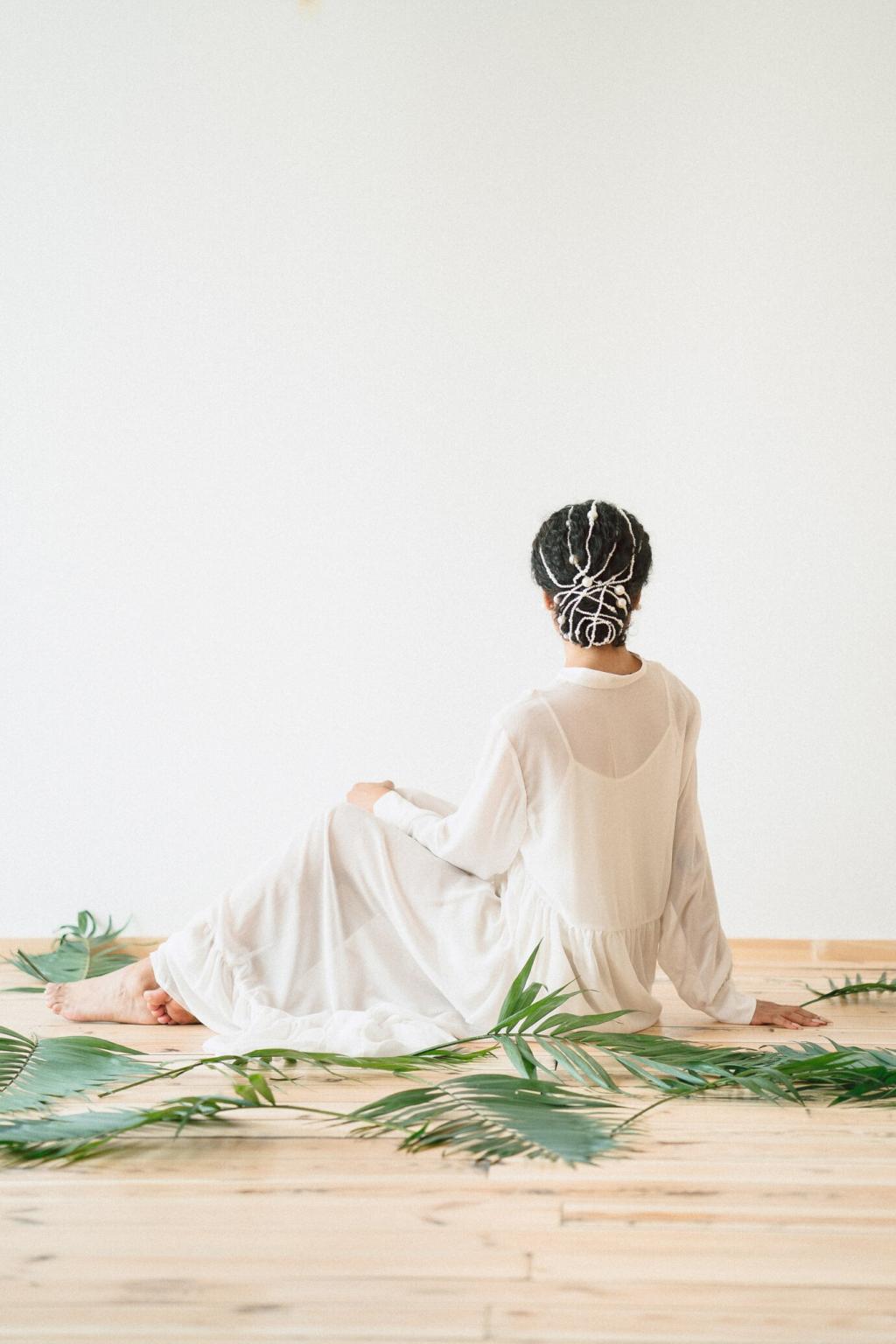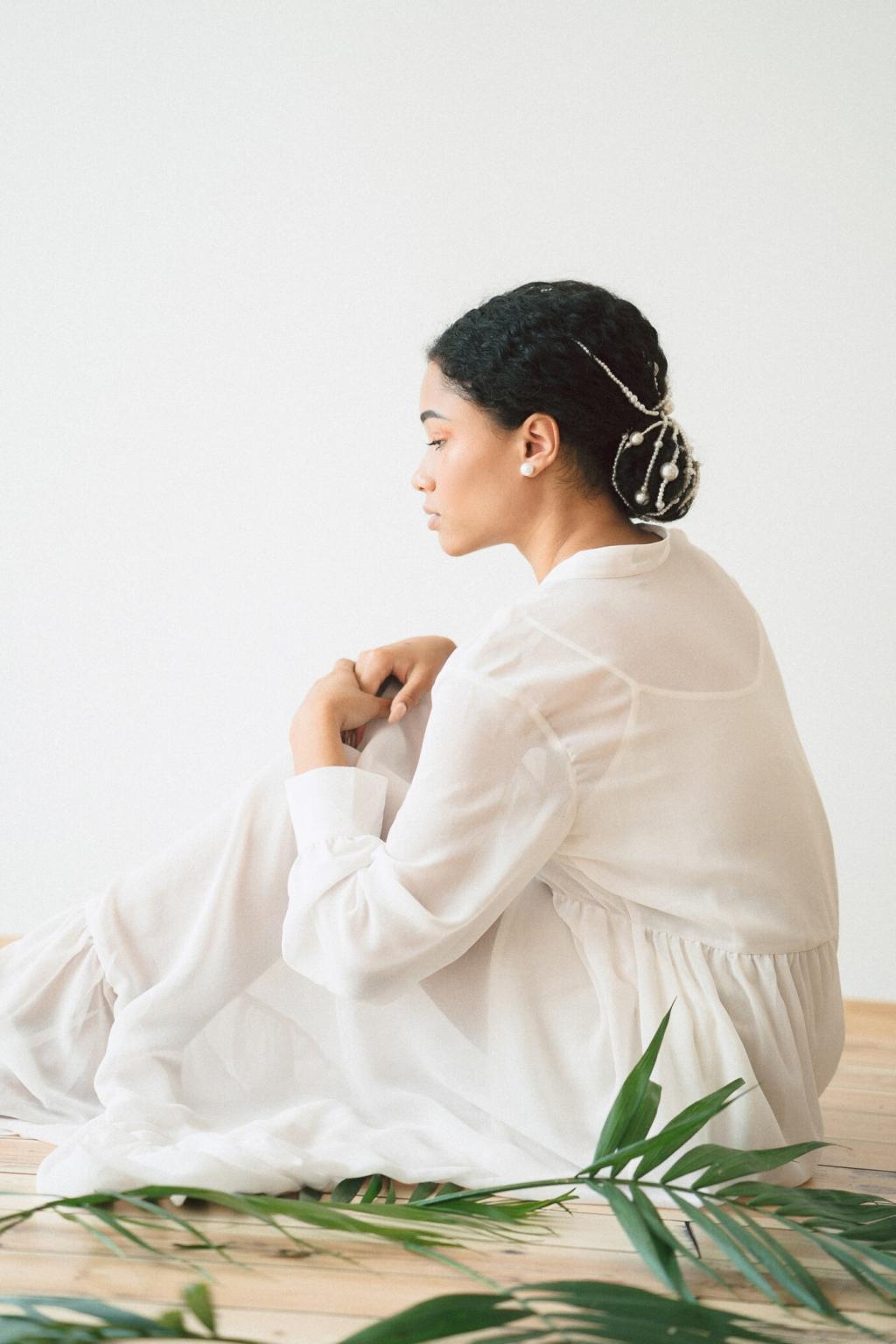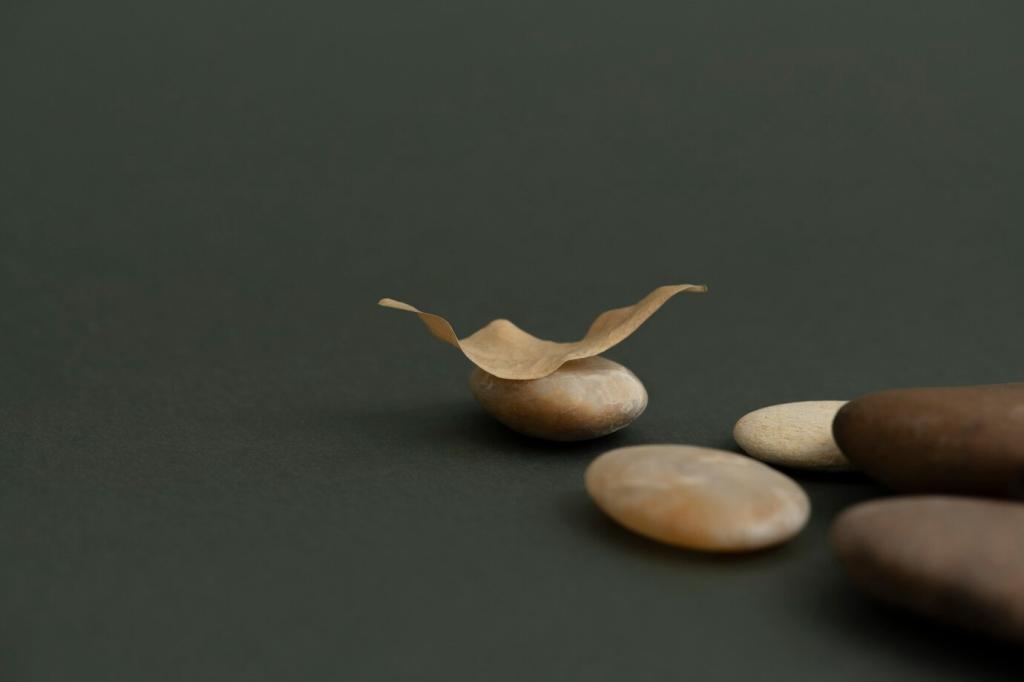Essential Tips for Minimalist Meditative Interiors

The One-Shelf Rule
Choose a single shelf as a sanctuary of essentials, not a museum of everything. Limit it to objects that genuinely calm you—a candle, a stone, a favorite book. This micro-boundary reduces decision fatigue and becomes a visual mantra of elegant simplicity.
Five-Minute Evening Reset
Each night, reset surfaces for five focused minutes. Return items to quiet homes, fold a throw, clear the coffee table. This small ritual signals closure to the day and invites the meditative interior to breathe again before morning light arrives.
Edit with Purpose, Not Panic
Sort belongings in gentle passes: keep, relocate, donate. Avoid dramatic purges that invite regret. Curate slowly, noticing which objects genuinely support stillness. Turning decluttering into a purposeful practice preserves both memory and mindfulness in minimalist meditative interiors.
Natural Light and Quiet Shadows
Replace heavy drapes with breathable sheers to diffuse glare into a gentle glow. Pair with matte walls and a single reflective accent—perhaps a pale ceramic vase—so light bounces softly, creating a luminous, uncluttered field that feels serenely expansive.
Use dimmable warm bulbs near 2700K, a low table lamp, and a discreet floor uplight. Layers allow you to dial down stimulation after sunset, turning your minimalist meditative interior into an invitation for slow tea, journaling, and unhurried breaths.
Place a small cushion or bench by the window and practice a two-minute gaze: observe changing light on a wall, moving leaves, distant roofs. This simple encounter with outside rhythms softly trains attention without screens or cluttered visual distractions.




Keep one clear pathway from entry to the calmest corner. When circulation is unimpeded, the body unwinds faster. This breathing corridor becomes a physical exhale, a reliable route that welcomes you home to stillness without cluttered interruptions.
Negative Space, Flow, and Gentle Zoning
Soft Acoustics with Wool and Cork
Layer a wool rug, felt cushions, or cork wall tiles to absorb chatter and footsteps. Duller echoes reduce cognitive load, making silence feel full rather than empty. Your room’s soundscape becomes a supportive backdrop for breath and reflection.
Aromatic Anchors
Associate one gentle scent—perhaps cedar, lavender, or hinoki—with unwinding. Use sparingly to avoid sensory fatigue. Over time, this aromatic anchor becomes shorthand for tranquility, quickly transporting your mind into a quieter, more centered interior state.
Two-Minute Arrival Ritual
Place a small tray by the door: keys down, shoes aligned, one slow inhale, one longer exhale. This miniature ceremony resets pace immediately, aligning behavior with the measured grace of your minimalist meditative interior.
Nature Inside: Biophilic Minimalism
One Sculptural Plant
Select a single expressive plant—olive tree, rubber plant, or monstera—and allow it visual prominence. This living form becomes a quiet companion, offering slow seasonal change that complements the restrained poetry of minimalist meditative interiors.


Elements in a Bowl
Gather river stones, a shell, or a piece of driftwood in a shallow bowl. These tactile artifacts invite mindful touch and seasonal rotation. Their simplicity anchors attention without crowding shelves or pulling focus from essential negative space.
Small Space, Big Calm: A 42 m² Story
We added pegs, a slim tray, and a bench with hidden storage. Clutter stopped at the threshold, stress followed, and the living area remained open for rest. Readers loved this micro-zone—try it and tell us how it feels.

